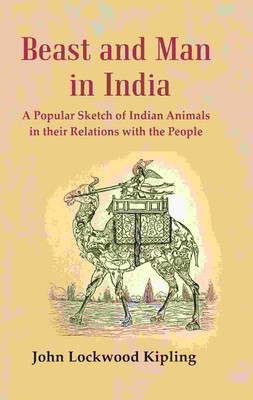Beast and Man in India: A Popular Sketch of Indian Animals in their Relations wi(Paperback, John Lockwood Kipling)
Quick Overview
Product Price Comparison
About The Book: The late Mogul and Pindari era in India, although unpleasant to discuss, can be aptly described as cruel. Despite the Hindu system's ability to preserve Brahmanical laws during centuries of turmoil, the common people who interacted with animals were inevitably demoralized. As a result, the general principles of mercy for the masses gave way to mere ritual observances for the privileged few. Furthermore, the existing precepts of mercy have been exaggerated in reports. To ensure that it is not forgotten, the book has been republished in a modern format that is easy to read. When an act was passed in 1890 to prevent cruelty to animals, some people in England were surprised, assuming that Orientals were inherently merciful. However, those familiar with India understand that cruelty, like drunkenness, has long been entrenched in the culture of Eastern nations, and such insinuations are unfounded. The prevailing view in cultivated Europe regarding the Eastern attitude towards animals is expressed in a sentence by Mr. Lecky, who concludes that it is similar to that of all nations under heaven. About The Author: John Lockwood Kipling CIE (1837ŌĆō1911) was an English art teacher, illustrator and museum curator who spent most of his career in India. He was the father of the author Rudyard Kipling. During 1875, Kipling was appointed the Principal of Mayo School of Arts, Lahore, British India (present day National College of Arts, Pakistan) and also became curator of the old original Lahore Museum which figured as the Wonder House or Ajaib Ghar in Kim, not to be confused with the present one. He retired back to England in 1893. He died in 1911, and is buried in Tisbury, Wiltshire parish church.


